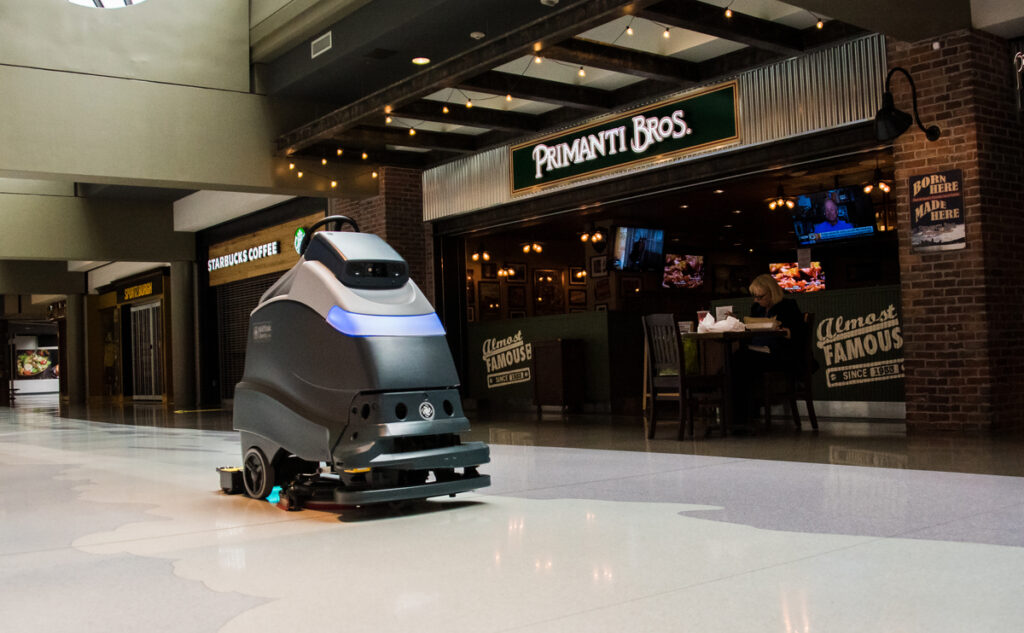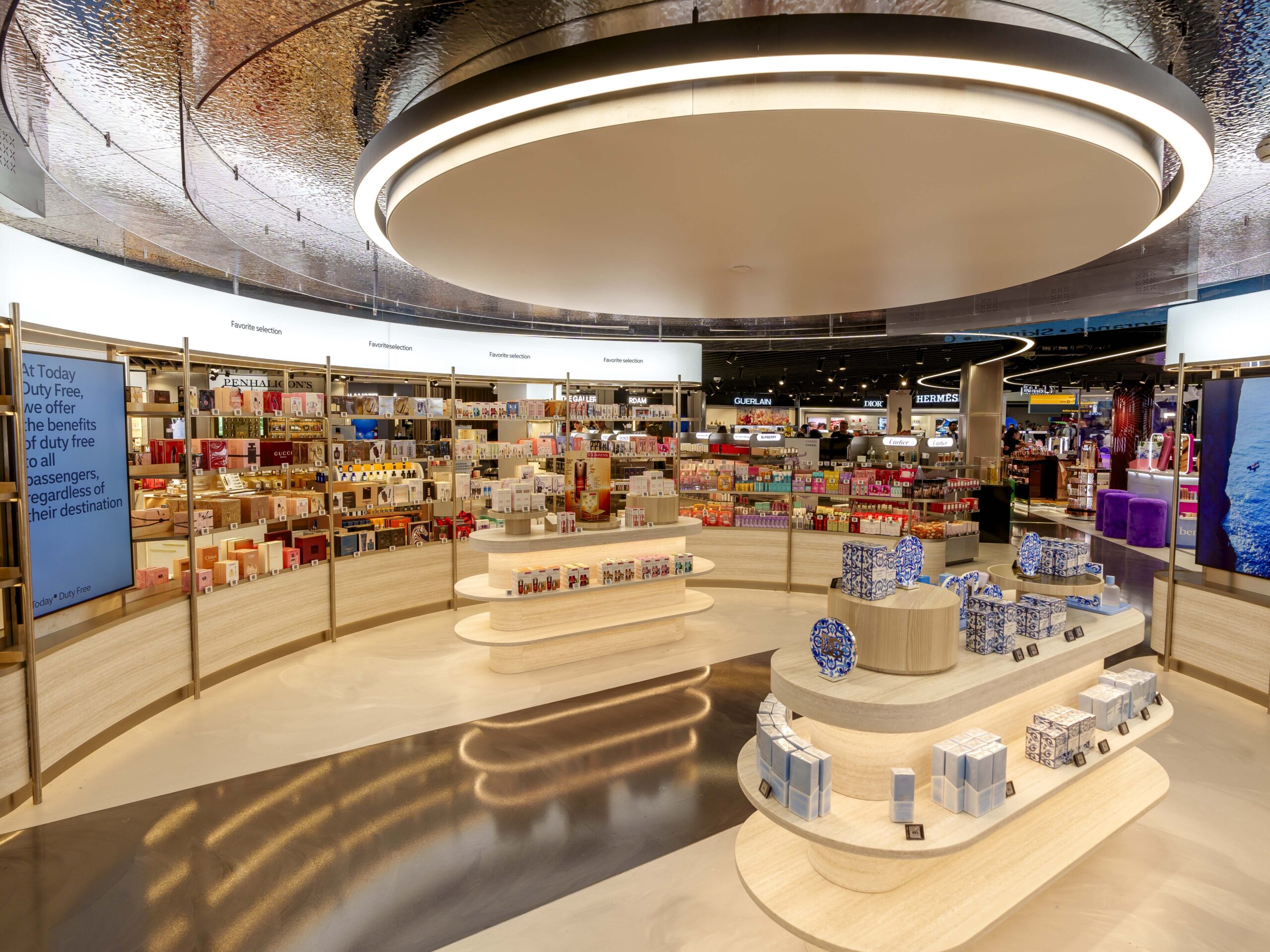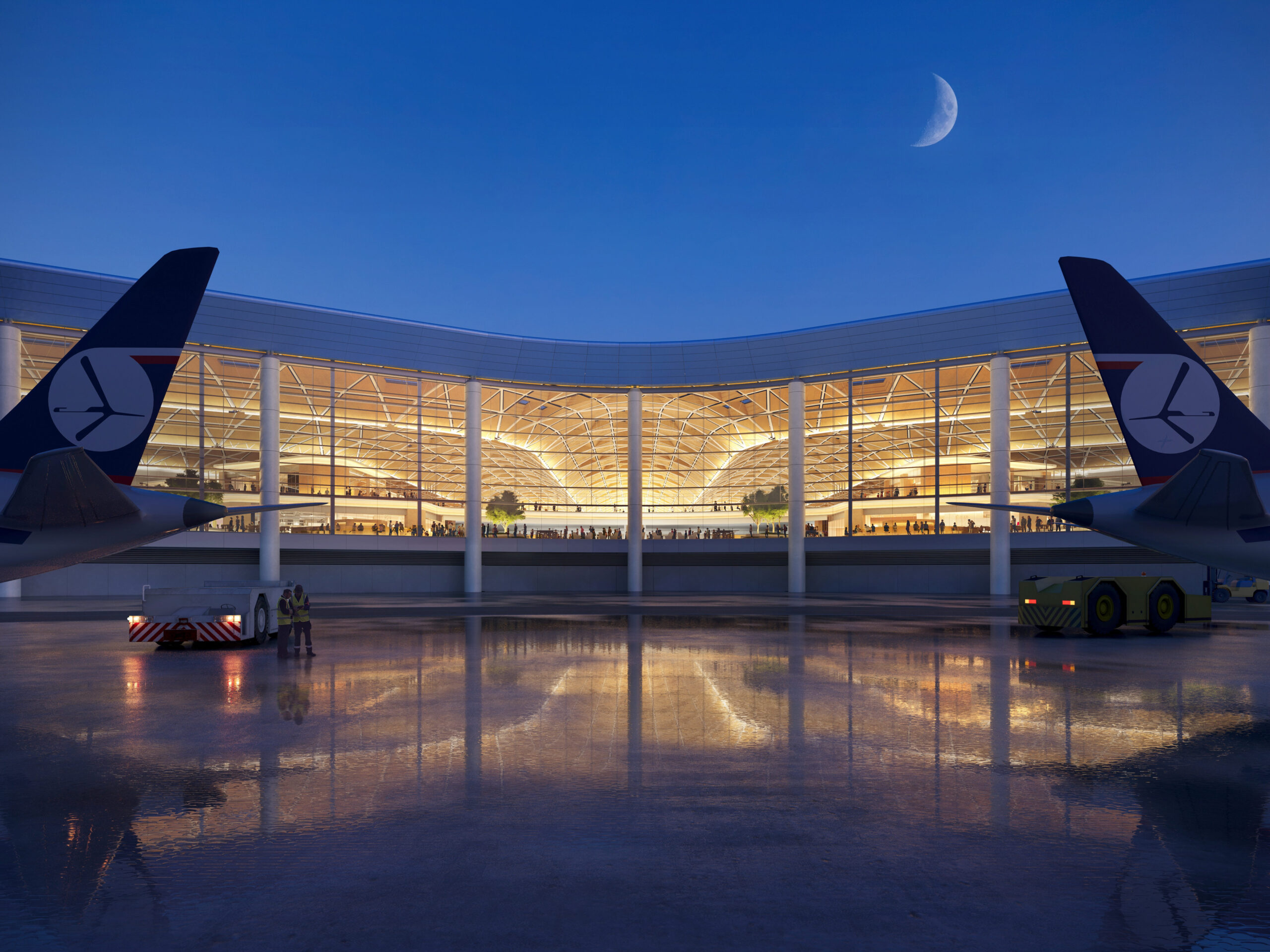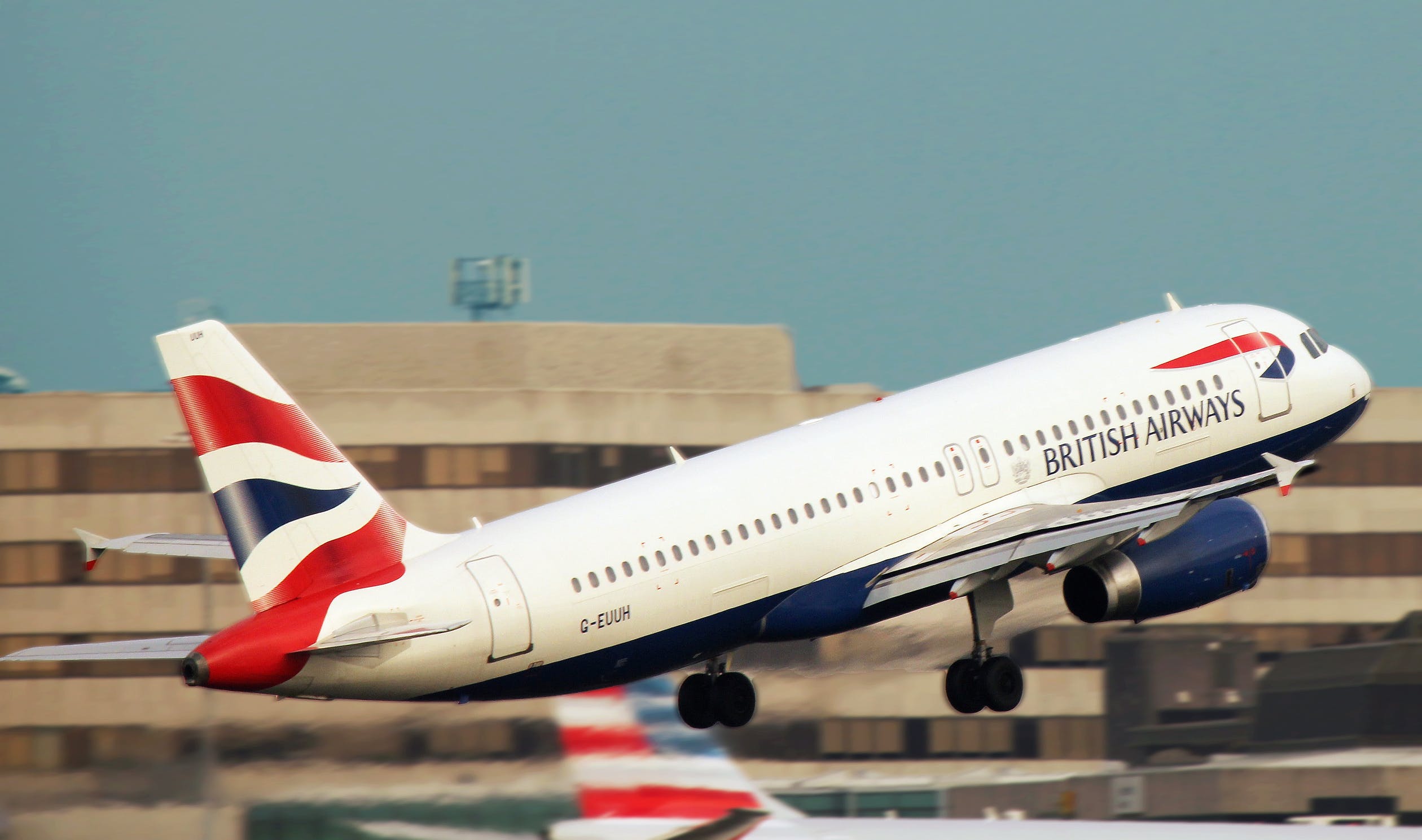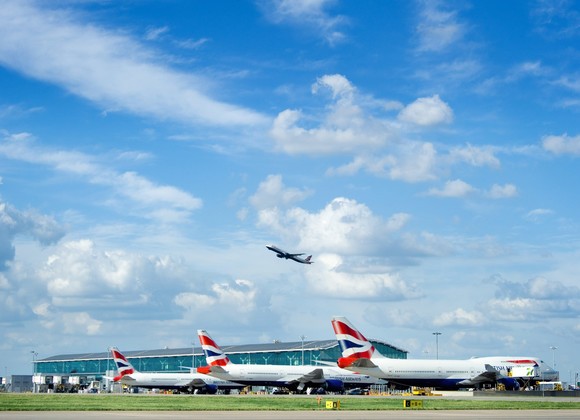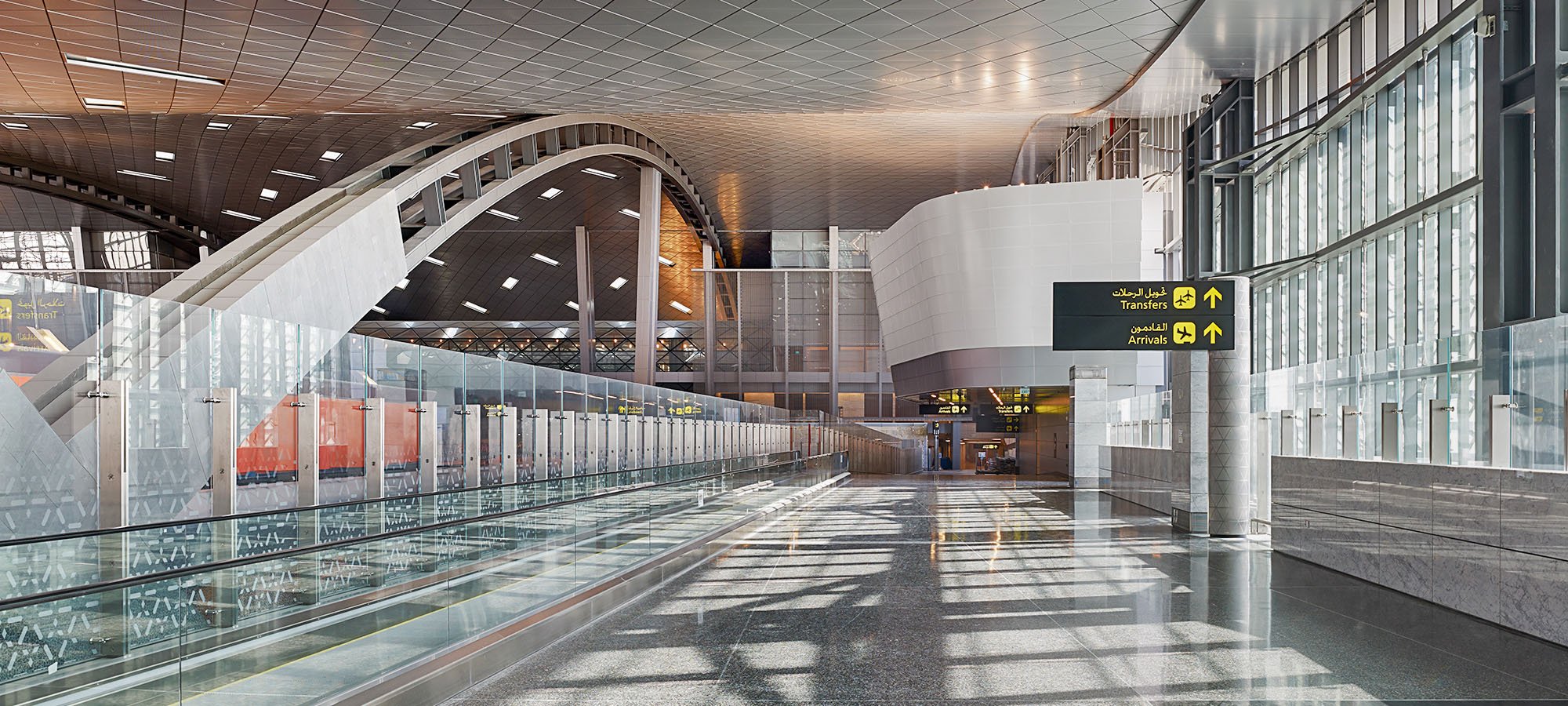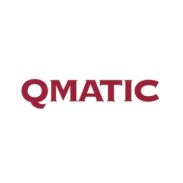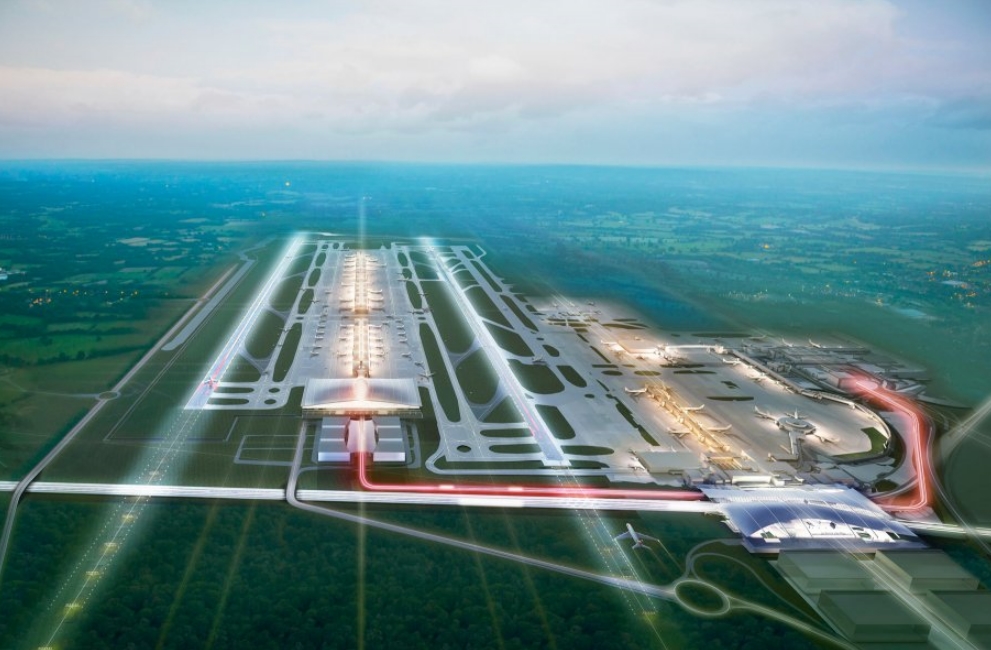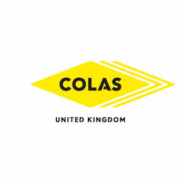Pittsburgh International Airport is to become one of the first U.S. Airports to deploy autonomous robotic cleaners that use ultraviolet technology. The UV technology is designed to kill microbes in high-traffic areas, increasing cleanliness and helping to restore confidence in traveling.
In response to the COVID-19 pandemic, airports and other public spaces are searching for ways to enhance their cleaning methods. Researchers believe UV-C rays, which have been used to sanitise hospital rooms for decades, can be applied in other high-traffic settings, like airports, with similar results.
Pittsburgh International Airport teamed up with Pittsburgh-based Carnegie Robotics as part of an airport-wide strategy to deploy technology solutions and a multi-layered cleaning processes to enhance the health and safety of the traveling public.
Senior Vice President of Information Technology at Pittsburgh International Airport, Katherine Karolick, said;Passengers don’t just want to see a clean airport — they want to know it’s clean and they want to know it’s safe. Ultraviolet robots have been used in hospitals as a way to disinfect and kill microorganisms, so it is definitely something that makes sense for an airport.
Pittsburgh is a center for robotics and artificial intelligence. Any time we can tap into the talent of the region, it’s a win for us
The scrubbers themselves are modified versions of machines built by Danish firm Nilfisk. Carnegie Robotics designed and manufactured the artificial intelligence and robotic systems for them that can map an area and then clean it without human help.
Carnegie Robotics Chief Financial Officer, Daniel Beaven, said;An airport, as a particular application space, is very representative of a lot of public spaces: high traffic, big open areas, reflective surfaces, a lot of safety concerns. It’s a great challenge for us.
Our No. 1 priority in this testing, however, is to understand how effective the addition of UVC is as a disinfectant in combination with Nilfisk’s scrubber.
The scrubbers scour the floor surface with 88 pounds per square inch of water pressure. Chemical disinfectant can be added to the process for a deeper clean, and the UV rays then pass over, creating three different levels of cleaning for the surface.
Ongoing research will test to see once the UV scrubber has passed over the floor if their are any microorganisms remaining.
To instruct the robot, a worker drives the machine around the outside edge of an area and the onboard computer saves it to memory. Back at the starting point, the press of a button sends it on its way and the robot automatically cleans the entire area.
Battery life lasts around 6 hours with the water supply required to be changed every 150 minutes.
Pittsburgh International Airport CEO, Christina Cassotis, said;The health and safety of airport staff and the traveling public are always the top priorities.
We know that restoring confidence in travel is going to be key to the industry recovery. That’s why we’re incorporating world-leading Pittsburgh technology as part of the solution.
Also read:
- COVID Detection Trials Landing at Heathrow
- Government Measures Needed for UK Aviation Industry
- Heathrow Outlines Early Impacts of COVID-19

